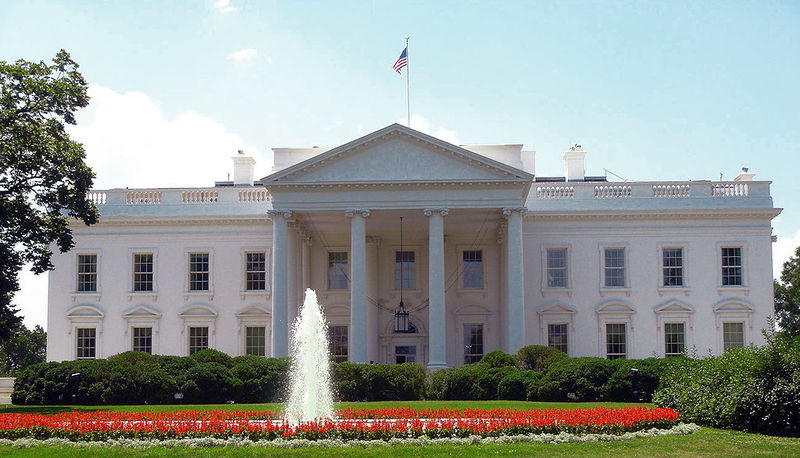Concetti Chiave
- The US government operates on the principles of inherent rights, self-government, and separation of powers into legislative, executive, and judicial branches.
- Legislative power is held by Congress, consisting of the Senate and the House of Representatives, which must both approve new laws alongside the President's signature.
- The President serves as the head of state, armed forces, and federal government, representing the country abroad and appointing key officials.
- The Supreme Court, comprising nine judges appointed by the President with Senate approval, interprets the Constitution and maintains checks on legislative and executive actions.
- The system of checks and balances ensures no branch becomes too powerful, with mechanisms like presidential vetoes, judicial reviews, and Congressional impeachment powers.
Principi fondamentali del governo USA
US government is based on three principles: inherent rights, self government and separation of powers into legislative, executive and judicial. Legislative power is exercised by Congress, executive power is exercised by President and judicial power is exercised by Federal court judges. No branch has more power than the other through a system of checks and balances.
Congress consists of two houses: Senate and House of Representatives. In the Senate there are 100 members elected every two years from each state regardless of its size and population. In the House of Representatives there are 435 members elected every two years from state congressional districts. The Senate is more powerful than the House. Every new law must have the approval of both houses of Congress and the signature of the president.
Ruolo del presidente
The president is head of state, of the armed forces and of the federal government. For this the president represents the country abroad, he can send the military on missions and he appoints all important officials, including the members of the cabinet. The president is elected from the people every four years and he can serve two 4-years terms.
The Supreme Court consists of nine judges who are appointed by the president, with the Senate approval. 
Sistema di controlli e bilanci
It was agreed that no branch would have more power than the other and it is possible through the system of checks and balances. In this system each branch operates independently of the others but there are built in “checks and balances” to prevent tyrannous concentration of power in any one branch. For example, the President can veto bills approved by Congress and the President nominates individuals to serve in the Federal judiciary; the Supreme Court can declare a law enacted by Congress or an action by the President unconstitutional; and Congress can impeach the President and Federal court judges.
Domande da interrogazione
- ¿Cuáles son los principios fundamentales del gobierno de los Estados Unidos?
- ¿Cómo se compone el Congreso de los Estados Unidos y cuál es su función en la creación de leyes?
- ¿Qué papel desempeña la Corte Suprema en el sistema de gobierno de los Estados Unidos?
El gobierno de los Estados Unidos se basa en tres principios: derechos inherentes, autogobierno y separación de poderes en legislativo, ejecutivo y judicial.
El Congreso está compuesto por el Senado y la Cámara de Representantes. El Senado tiene 100 miembros y la Cámara de Representantes tiene 435 miembros. Para que una nueva ley sea aprobada, debe contar con la aprobación de ambas cámaras y la firma del presidente.
La Corte Suprema, compuesta por nueve jueces, defiende e interpreta la Constitución de los Estados Unidos. Su función principal es asegurar que las acciones del presidente y las leyes aprobadas por el Congreso o las legislaturas estatales sean constitucionales, manteniendo un equilibrio correcto entre los otros poderes.







 Accedi a tutti gli appunti
Accedi a tutti gli appunti
 Tutor AI: studia meglio e in meno tempo
Tutor AI: studia meglio e in meno tempo